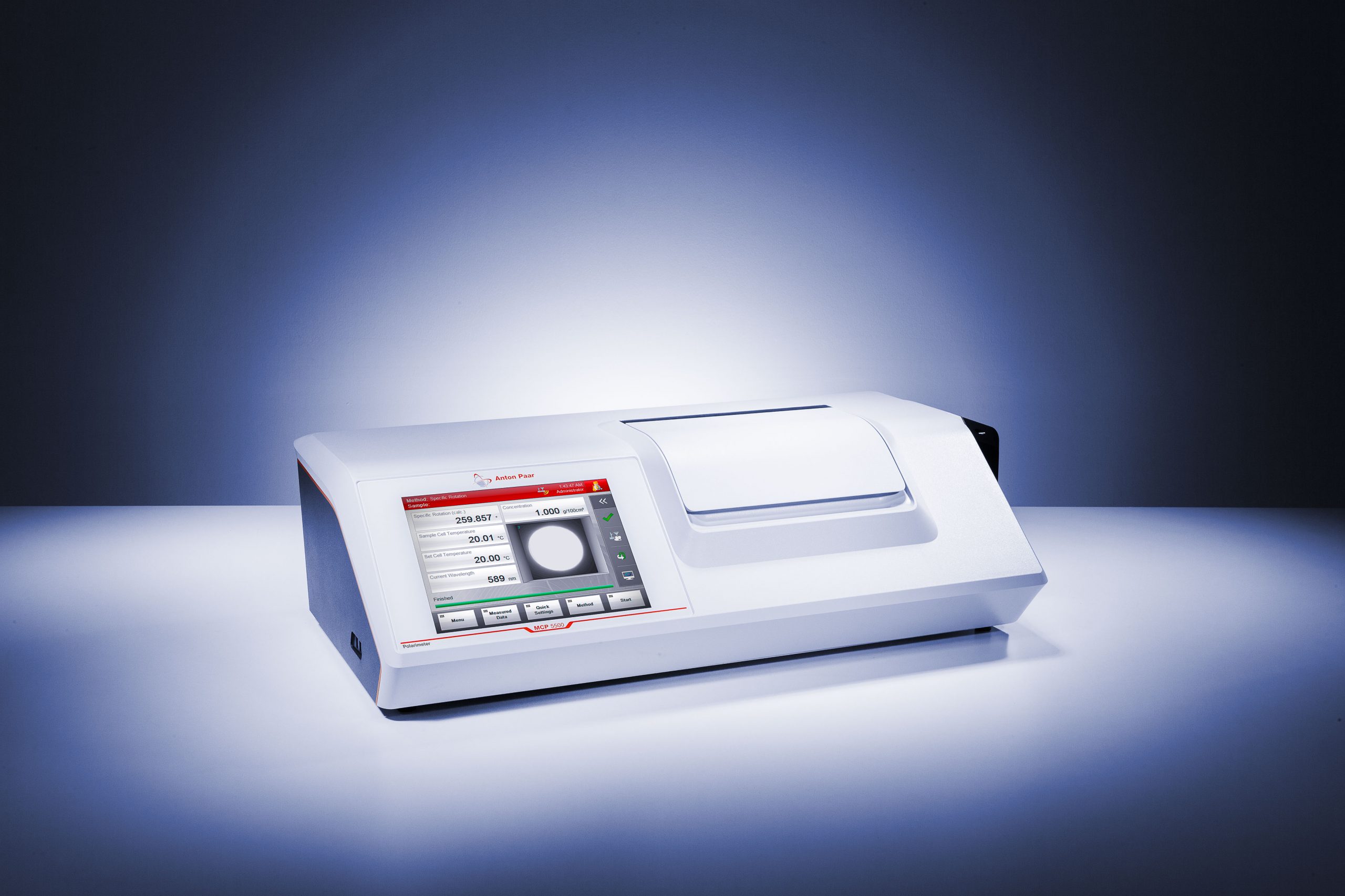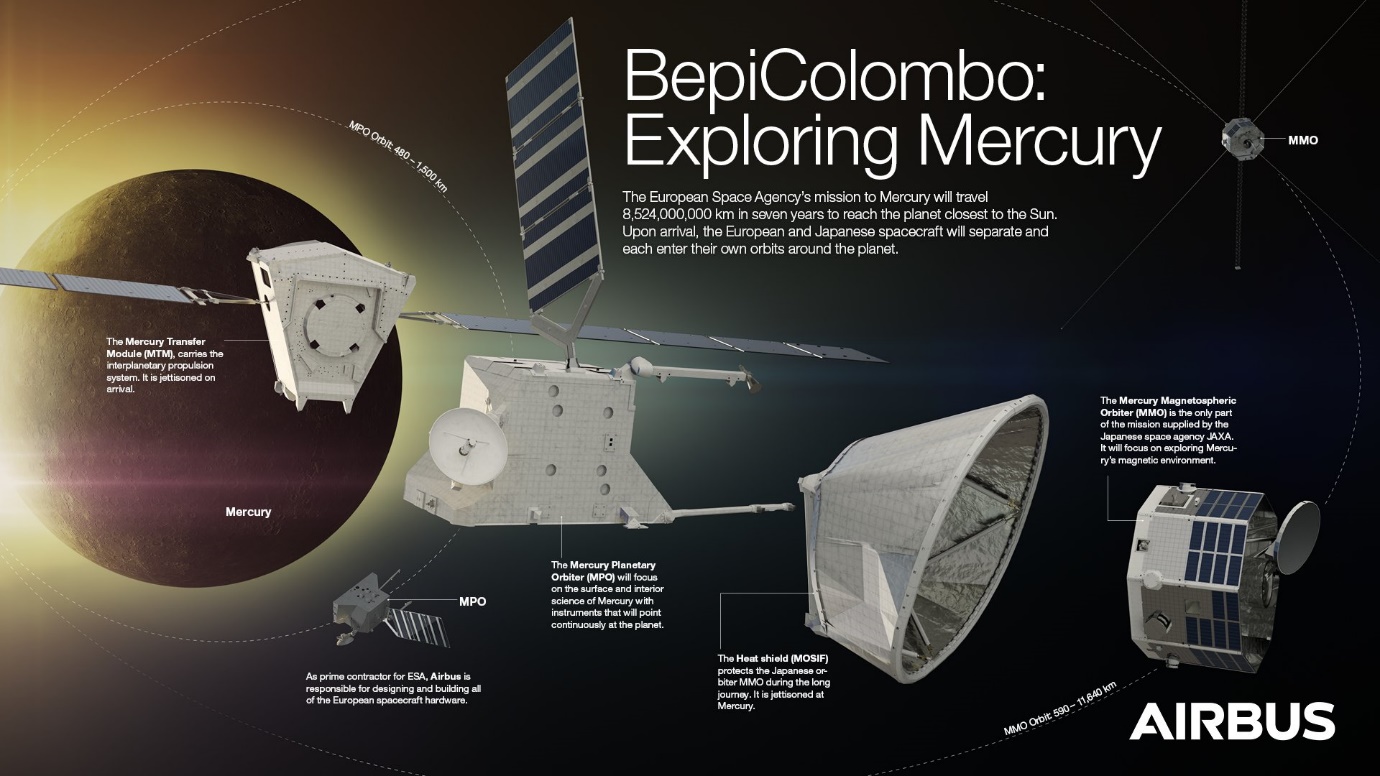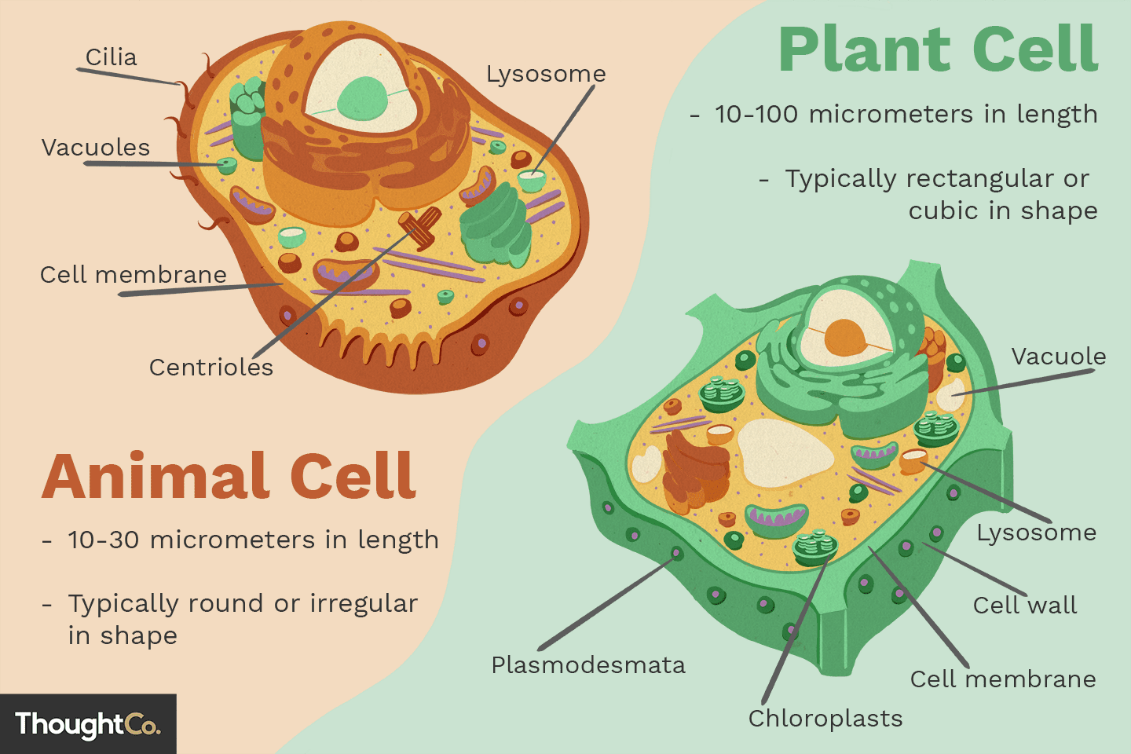The Nov 28th Static Quiz on Science and Technology
Quiz-summary
0 of 5 questions completed
Questions:
- 1
- 2
- 3
- 4
- 5
Information
The Nov 28th Static Quiz on Science and Technology
You have already completed the quiz before. Hence you can not start it again.
Quiz is loading...
You must sign in or sign up to start the quiz.
You have to finish following quiz, to start this quiz:
Results
0 of 5 questions answered correctly
Your time:
Time has elapsed
You have reached 0 of 0 points, (0)
Categories
- Not categorized 0%
- 1
- 2
- 3
- 4
- 5
- Answered
- Review
- Question 1 of 5
1. Question
In the context of wearable technology, which of the following tasks is/are accomplished by wearable devices?
1. Location identification of a person
2. Sleep monitoring of a person
3. Assisting the hearing impaired person
Select the correct answer using the code given below.CorrectAns;- d) 1,2 and 3
Explanation;-
• Above all the things can be accomplished by wearable technologies a shown in the below attached images.

 Incorrect
IncorrectAns;- d) 1,2 and 3
Explanation;-
• Above all the things can be accomplished by wearable technologies a shown in the below attached images.


- Question 2 of 5
2. Question
The polarimetry technique is recently in news is related to which of the following?
CorrectAns;- a) Optical activity
Explanation;-
• The Polarimetry is a sensitive, nondestructive technique for measuring the optical activity exhibited by inorganic and organic compounds.
• A compound is considered to be optically active if linearly polarized light is rotated when passing through it.
• A team of astronomers has discovered that the closest known brown dwarf, Luhman 16A, shows signs of cloud bands similar to those seen on Jupiter and Saturn.
• The researchers used an instrument on the Very Large Telescope in Chile to study polarized light from the Luhman 16 system. Polarization is a property of light that represents the direction that the light wave oscillates.
• The polarimetry technique is not limited to brown dwarfs, it can also be applied to exoplanets orbiting distant stars, the atmospheres of hot, gas giant exoplanets are similar to those of brown dwarfs. Incorrect
IncorrectAns;- a) Optical activity
Explanation;-
• The Polarimetry is a sensitive, nondestructive technique for measuring the optical activity exhibited by inorganic and organic compounds.
• A compound is considered to be optically active if linearly polarized light is rotated when passing through it.
• A team of astronomers has discovered that the closest known brown dwarf, Luhman 16A, shows signs of cloud bands similar to those seen on Jupiter and Saturn.
• The researchers used an instrument on the Very Large Telescope in Chile to study polarized light from the Luhman 16 system. Polarization is a property of light that represents the direction that the light wave oscillates.
• The polarimetry technique is not limited to brown dwarfs, it can also be applied to exoplanets orbiting distant stars, the atmospheres of hot, gas giant exoplanets are similar to those of brown dwarfs.
- Question 3 of 5
3. Question
BepiColombo, which was in news recently, is a spacecraft launched to explore which planet/ celestial body?
CorrectAns;- c) Mercury
Explanation;-
• The BepiColombo is a joint mission of the European Space Agency (ESA) and the Japan Aerospace Exploration Agency (JAXA), which aims to explore Mercury.
• Recently, the spacecraft has crossed Venus for the first time and captured an image of Venus from a distance of 17,000 kilometres.
• The spacecraft was launched in 2018 to undergo a seven-year trip to Mercury. Incorrect
IncorrectAns;- c) Mercury
Explanation;-
• The BepiColombo is a joint mission of the European Space Agency (ESA) and the Japan Aerospace Exploration Agency (JAXA), which aims to explore Mercury.
• Recently, the spacecraft has crossed Venus for the first time and captured an image of Venus from a distance of 17,000 kilometres.
• The spacecraft was launched in 2018 to undergo a seven-year trip to Mercury.
- Question 4 of 5
4. Question
What is “Himawari-9” which was recently in the news?
CorrectAns;- b) a next-generation meteorological satellite launched by JAXA
Explanation;-
• The Himawari 9 is a Japanese weather satellite, the 9th of the Himawari geostationary weather satellite operated by the Japan Meteorological Agency.
• The spacecraft was constructed by Mitsubishi Electric, and is the second of two similar satellites to be based on the DS-2000 bus .
• The first satellite in the Himawari, or sunflower, series was launched in 1977.
Above image of the earth first true-color image from Himawari 9.
IncorrectAns;- b) a next-generation meteorological satellite launched by JAXA
Explanation;-
• The Himawari 9 is a Japanese weather satellite, the 9th of the Himawari geostationary weather satellite operated by the Japan Meteorological Agency.
• The spacecraft was constructed by Mitsubishi Electric, and is the second of two similar satellites to be based on the DS-2000 bus .
• The first satellite in the Himawari, or sunflower, series was launched in 1977.
Above image of the earth first true-color image from Himawari 9.
- Question 5 of 5
5. Question
(UPSC 20-SetB) Which of the following statements are correct regarding the general difference between plant and animal cells ?
1. Plant cells have cellulose cell walls whilst animal cells do not.
2. Plant cells do not have plasma membrane unlike animal cells which do.
3. Mature plant cell has one large vacuole whilst an animal cell has many small vacuoles.Select the correct answer using the code given below :
CorrectAns;- c) 1 and 3 only
Explanation;-
• Both animal and plant cells have mitochondria, but only plant cells have chloroplasts.• Plants don’t get their sugar from eating food, so they need to make sugar from sunlight. This process (photosynthesis) takes place in the chloroplast.
• Once the sugar is made, it is then broken down by the mitochondria to make energy for the cell. Because animals get sugar from the food they eat, they do not need chloroplasts: just mitochondria.
• Both plant and animal cells have vacuoles. A plant cell contains a large, singular vacuole that is used for storage and maintaining the shape of the cell. In contrast, animal cells have many, smaller vacuoles.3 is correct.
• The Plant cells have a cell wall, as well as a cell membrane. In plants, the cell wall surrounds the cell membrane. This gives the plant cell its unique rectangular shape. Animal cells simply have a cell membrane, but no cell wall. 1 is correct.
• The Plant cells have a cell wall, chloroplasts, plasmodesmata, and plastids used for storage, and a large central vacuole, whereas animal cells do not. 2 is incorrect.

THE END.
IncorrectAns;- c) 1 and 3 only
Explanation;-
• Both animal and plant cells have mitochondria, but only plant cells have chloroplasts.• Plants don’t get their sugar from eating food, so they need to make sugar from sunlight. This process (photosynthesis) takes place in the chloroplast.
• Once the sugar is made, it is then broken down by the mitochondria to make energy for the cell. Because animals get sugar from the food they eat, they do not need chloroplasts: just mitochondria.
• Both plant and animal cells have vacuoles. A plant cell contains a large, singular vacuole that is used for storage and maintaining the shape of the cell. In contrast, animal cells have many, smaller vacuoles.3 is correct.
• The Plant cells have a cell wall, as well as a cell membrane. In plants, the cell wall surrounds the cell membrane. This gives the plant cell its unique rectangular shape. Animal cells simply have a cell membrane, but no cell wall. 1 is correct.
• The Plant cells have a cell wall, chloroplasts, plasmodesmata, and plastids used for storage, and a large central vacuole, whereas animal cells do not. 2 is incorrect.

THE END.










